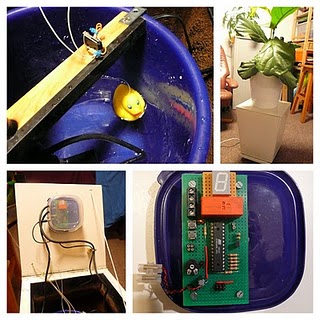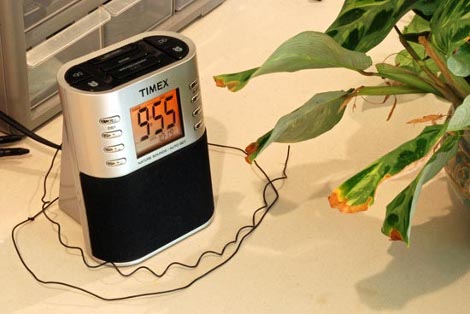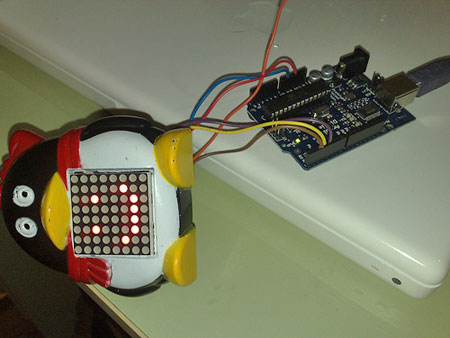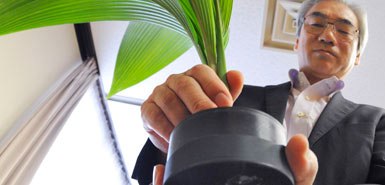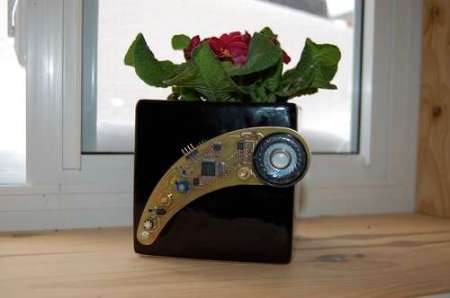
[Jeff], fully acknowledging his inability to keep plants alive, has designed a system to help him out a little bit. The “Plant Whisperer” monitors water levels and notifies him if the plant needs attention. Actually, it notifies him either way. The plant whisperer uses real time text to speech to say one of several pre-programmed things, either proclaiming its happiness or requesting more water. He’s using a parallax propeller for the job as he says it is capable of handling the real time text to speech. We realize this is overkill, but we absolutely love it. The only improvement we would want would be to possibly use a pre-recorded voice for more clarity. You can see a video of it in action after the break.

